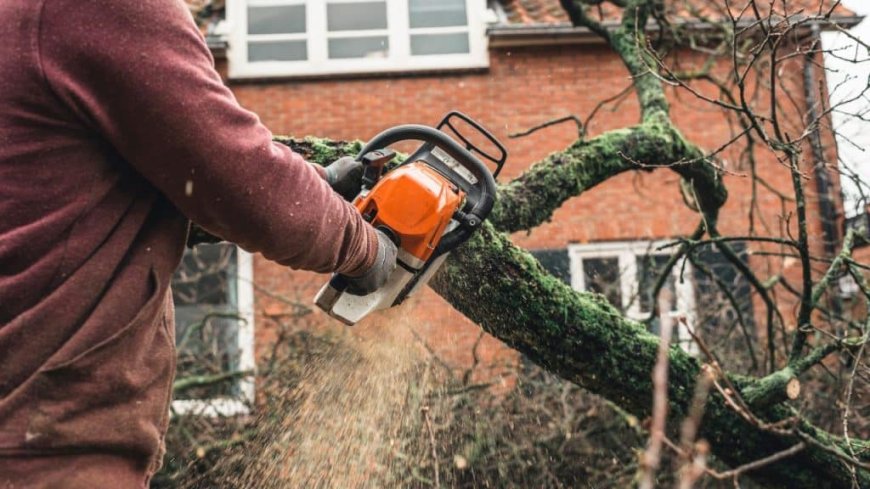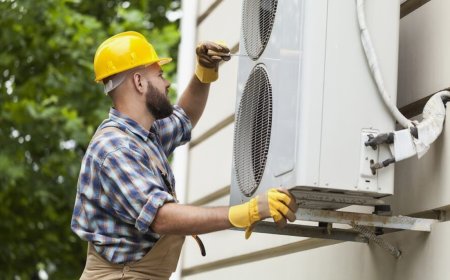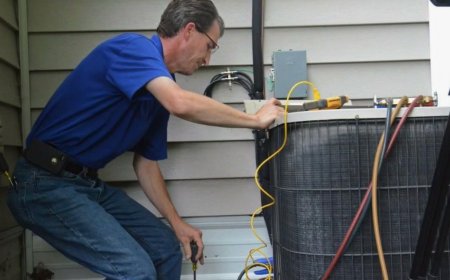Emergency Tree Removal: What to Do When Disaster Strikes
Emergency tree removal is not something you plan for—but it’s something you should be prepared for. Whether it’s a storm-damaged tree or a sudden hazard, knowing what to do (and who to call) can save lives, protect your property, and prevent further chaos. Don’t wait until it’s too late—inspect your trees, have a reliable tree service on speed dial, and act fast when disaster strikes.

Emergency tree removal is the urgent process of cutting down and clearing trees that pose an immediate dangerwhether theyve fallen, cracked, or are threatening to collapse. Its about protecting people, property, and restoring safety fast.
Why It Matters More Than You Think
One unstable tree can cause thousands of dollars in damage or even injure someone. Quick action is essential when nature turns trees into threats.
?? Situations That Require Emergency Tree Removal
Storm Damage
High winds, heavy rain, snow, or ice can bring down even healthy trees. After a storm, assess all trees for broken limbs or leaning trunks.
Fallen Trees on Property or Power Lines
A tree on your roof or tangled in utility lines is an emergency. Dont waitcall the professionals immediately.
Trees Blocking Roads or Driveways
Obstructed access can be dangerous, especially in medical emergencies or during evacuations.
Sudden Tree Cracks or Leaning
Visible splitting or sudden leaning is a major red flag that the tree is no longer stable.
? Signs a Tree Is an Immediate Hazard
Cracked Trunk or Large Branches
If the trunk or main limbs have significant cracks, they could give way at any moment.
Uprooting or Exposed Roots
Roots lifting out of the ground indicate instability and a high risk of falling.
Hollow or Decaying Spots
Large cavities, fungus, or soft bark often signal internal rotmaking the tree a ticking time bomb.
? Risks of Delaying Emergency Tree Removal
Property Damage
A falling tree can crush vehicles, fences, roofs, and other structurescausing serious financial strain.
Injury to People or Pets
Falling branches or trees pose life-threatening risks to anyone nearby.
Legal and Insurance Complications
If a hazardous tree damages a neighbors property and you ignored the signs, you could be held liable.
? What to Do Immediately After a Tree Emergency
Ensure Safety First
Stay away from the damaged area. Keep children, pets, and others clear.
Contact Emergency Services If Needed
If theres fire, power line contact, or structural damage, call 911 or the utility company immediately.
Take Photos for Insurance
Before anything is removed, document the damage clearly with photos or video.
? Who to Call for Emergency Tree Removal
Certified Arborists vs. General Contractors
Always go with licensed arboriststheyre trained to handle hazardous situations safely and have proper insurance.
Why Experience and Equipment Matter
Emergency jobs require cranes, harnesses, and climbing gear. Inexperienced crews can make the situation worse.
? The Emergency Tree Removal Process
Site Assessment
Pros inspect the site for dangers like power lines, structural damage, or unstable limbs.
Tree Stabilization (If Needed)
If the tree isnt safe to remove immediately, it may be temporarily braced to prevent collapse.
Safe Removal and Cleanup
Using ropes, lifts, and specialized saws, the tree is carefully dismantled and removedfollowed by full debris cleanup.
? How Much Does Emergency Tree Removal Cost?
Factors That Affect the Cost
-
Tree size and location
-
Access to the tree
-
Time of day or weekend calls
-
Equipment required
-
Level of urgency
Average Price Ranges
-
Small emergency job: $300$800
-
Medium tree removal: $800$1,500
-
Large, complex jobs: $2,000$5,000+
Emergency calls often come at a premium due to urgency and risk.
? Does Homeowners Insurance Cover Tree Removal?
When Insurance Pays (and When It Doesnt)
Insurance usually covers tree removal if:
-
The tree fell due to a storm or accident
-
It damaged a covered structure (home, fence, garage)
It wont cover:
-
Removal of healthy trees
-
Preventative or cosmetic removal
How to File a Claim
-
Document the damage
-
Contact your insurer ASAP
-
Get estimates from certified arborists
-
Submit the claim with photos and invoices
? How to Prevent Tree Emergencies
Regular Tree Inspections
Annual checkups from an arborist help catch problems earlybefore they become dangerous.
Proactive Pruning and Trimming
Removing weak limbs or reducing canopy size lowers wind resistance and improves stability.
Removing Problem Trees Before Storm Season
Dead or leaning trees near structures should be addressed before bad weather hits.
? Common Myths About Emergency Tree Removal
Any Tree Company Can Handle It
False. Emergency removals require specialized skills and safety protocols. Always verify credentials.
If the Tree Looks Okay, Its Safe
Many hazardous trees look fine on the outside. Internal decay or root instability is often invisible.
? Choosing the Right Emergency Tree Service
Questions to Ask Before Hiring
-
Are you licensed and insured?
-
Do you have 24/7 emergency service?
-
How fast can you respond?
-
Do you have experience with dangerous or storm-damaged trees?
Red Flags to Watch For
-
No written estimate
-
Lack of insurance
-
Pushy sales tactics
-
Vague answers about safety
? Conclusion
Emergency tree removal is not something you plan forbut its something you should be prepared for. Whether its a storm-damaged tree or a sudden hazard, knowing what to do (and who to call) can save lives, protect your property, and prevent further chaos. Dont wait until its too lateinspect your trees, have a reliable tree service on speed dial, and act fast when disaster strikes.
? FAQs About Emergency Tree Removal
Q1: How fast can emergency tree services respond?
Many companies offer 24/7 service and can respond within hours depending on location and workload.
Q2: Can I remove a fallen tree myself?
Not recommended unless its very small and theres no risk. Larger or dangerous removals should be done by pros.
Q3: Will the city remove the tree if its on my property?
Noemergency removal on private land is usually the homeowners responsibility.
Q4: How can I tell if a leaning tree is dangerous?
Sudden leaning, root exposure, or cracking at the base are urgent signs.
Q5: What happens if a neighbors tree falls on my house?
Your insurance typically covers it, but they may pursue your neighbor if negligence was involved.



























